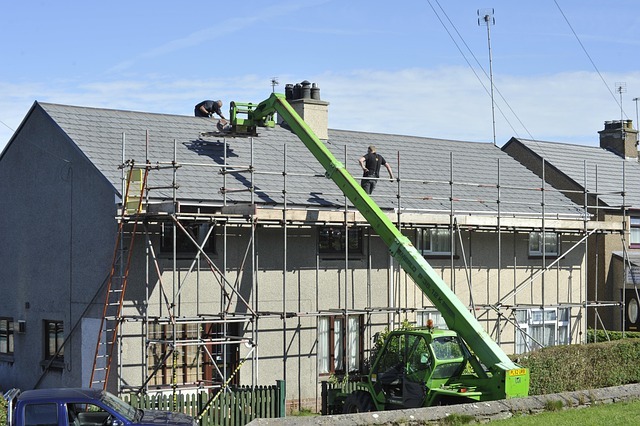Residential construction spending continued its downward slide in June, marking the sixth consecutive month of decline amid high interest rates and market uncertainty. According to the U.S. Commerce Department, total construction outlays dropped 0.4% from May and fell 2.9% compared to June 2024.
Homebuilding Slows Across the U.S.
The sharpest decline occurred in private residential construction, which dipped 0.7% month-over-month and reached an annualized rate of $895.1 billion—the lowest since August 2023. Compared to the same time last year, single-family home construction dropped 5.3%, while multifamily housing fell 9.5%.
These figures reflect broad challenges in the housing market, where both supply and demand have been suppressed by financial pressures. Higher mortgage rates have discouraged buyers, while developers face rising material costs and persistent labor shortages.
The sustained drop in residential construction spending is a key indicator that homebuilding activity remains subdued nationwide.
Labor and Materials Pose Barriers
Experts point to continued strain in the labor market and rising construction material costs as primary factors slowing recovery. Tariffs have pushed up the price of critical materials, making new development more expensive. Meanwhile, the construction sector continues to struggle to attract enough skilled labor, further limiting the pace of new projects.
The downturn in residential construction spending may persist through the second half of the year unless borrowing costs ease or labor availability improves. Builders have delayed projects or reduced scale in response to tighter financing conditions and weaker demand.
Impacts on Local Development
For cities like El Monte, South El Monte, and Baldwin Park, where housing affordability and new development are pressing concerns, the national slowdown could have ripple effects. Fewer housing starts can mean limited inventory, reduced job opportunities in construction-related trades, and slower progress toward meeting local housing goals.
Local governments that rely on building permits and development fees may also feel the pinch. Smaller-scale residential builders, often more sensitive to financing challenges and cost increases, may pull back further in the coming months.
Outlook Remains Cautious
The June figures underscore the challenge of balancing inflation control with economic growth. While the Federal Reserve’s interest rate policy aims to stabilize prices, it also contributes to higher borrowing costs that slow housing production.
Until market conditions shift—either through lower interest rates, improved labor availability, or eased material costs—the outlook for residential construction spending remains cautious.
This sixth straight month of decline signals a cooling market that is unlikely to heat up again soon. For residents and policymakers in the San Gabriel Valley, the trend points to a need for creative strategies to maintain housing development amid tightening financial constraints.


